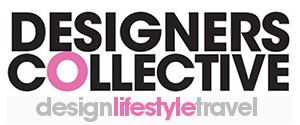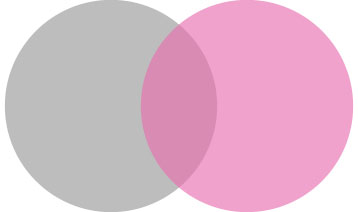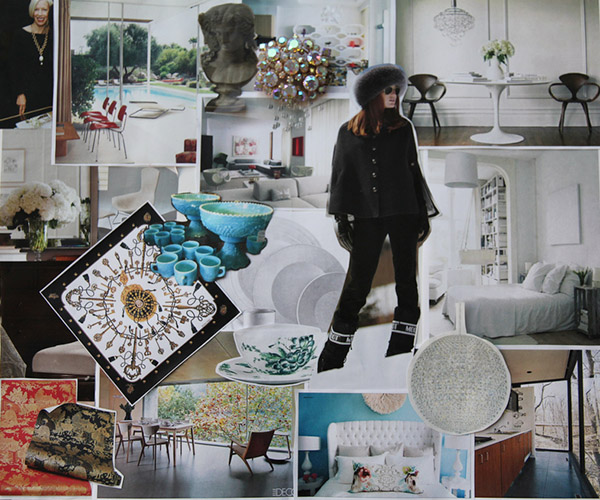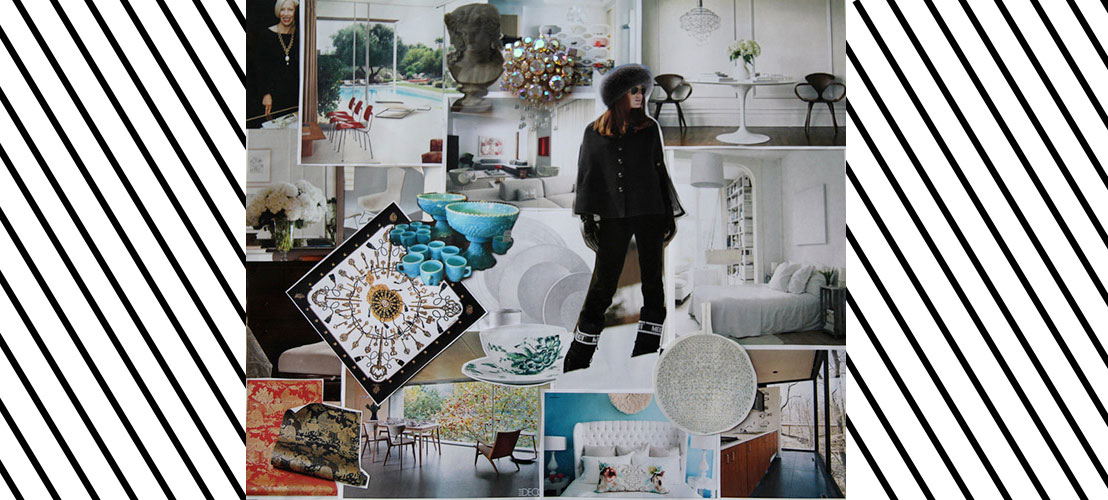
From the Archives: Design Concept Board (aka: The Fun Stuff!)
Often, it is difficult to determine how to start a big design project. After years of experience and many, many, many projects– we always come back to one of the best, and in our opinion the most fun, strategy: a concept board. Whether you’re thinking about working with us for eDesign, starting a small interior design project on your own, or just curious about your design style– creating a concept board is a no-commitment experiment that always ALWAYS helps us (and you!) learn how to define what you like and why. Take a look!
——-
Get excited because today we are going to look at the fun part of starting a new design project, THE DESIGN CONCEPT.
A great way to start a project is to do a Concept Board, sometimes called a Mood Board or an Inspiration Board (or a Pinterest Board!). Of course you can always just use a binder, or file folder; just something you can continually refer back to during the design process. We find making a board and hanging it up on the wall is the most inspiring. (*2018 Update: Now that we’ve fully embraced all things mobile… having a Pinterest board or an folder of images on your phone for easy referencing on the go is a great option too*)
Another helpful exercise in to write a couple of paragraphs about the end product. How do you want it to feel? What adjectives do you use to describe the dream space? (Elegant, sophisticated, quiet, dynamic, calm, colourful, restful-you get the idea) What activities will take place in the space? Who will be using the space? Is it a formal space? Or casual?
Sometimes the words will just flow and you can know exactly what you want in the space but sometimes it can take a little research. If this is the case, spend some time looking at images. At first, just be completely open-don’t edit at all, just pull the images you like. You may be surprised by some common themes that emerge from an eclectic collection!
The images can be anything. I will often go to www.houzz.com for inspiration. But you can also use magazines and other websites such as www.pinterest.com to pull images. Pull anything that appeals to you. At this point don’t think if there is a connection or not, just pull the images. You are starting to develop a story about what you like and define your taste.
The story doesn’t have to be all about your home because the images you find appealing may be of fashion, a landscape, or an object. The concept board above, done by Tina, includes a vintage brooch to signify her love of bling. In doing this Inspiration Board, Tina learned a lot about her design likes and dislikes.
After you have many images, STOP. Now is the editing process, now you start to revisit your story. Have a look back at the images and see if you can find a common thread. Sometimes you will find that a similar colour is used in all the images, or that you are drawn to a certain tile pattern or countertop. Sometimes it is a fabric, or a type of floor. All of these are clues to help build your design concept. After a bit of practice you will find you are able to look at an image and pull out the common thread.
Now start to build this up into an image library. Make notes about what it is that draws you to the image. Before long you will have your very own design concept. Now, with this new tool under your belt you can go to the tile store or countertop distributor and be able to make informed decisions. You will know the difference between what you like and what you like that also works with your overall theme. You now know what will work with your design concept.
“You learn to know the difference between what works with your design concept and what doesn’t…”
For example, lets look back at the beachy design concept. Your image library will likely have light counters, light cabinets, glass, light woods, and more muted colours. You will have images that will support this look. You are wanting each of the design elements to communicate this design concept –each element is playing in harmony to achieve the one common design concept goal. So, if you are at Ikea and see a dark kitchen that really grabs your attention you can now look at it and not be swayed. You can enjoy that display but just know it won’t fit with your design concept so wont be diverted to give it too much air time (or second guess your design concept— trust the process!).
 Bright, airy, calm, peaceful, lots of light, family oriented-all words to describe these spaces. The images support these adjectives.
Bright, airy, calm, peaceful, lots of light, family oriented-all words to describe these spaces. The images support these adjectives.
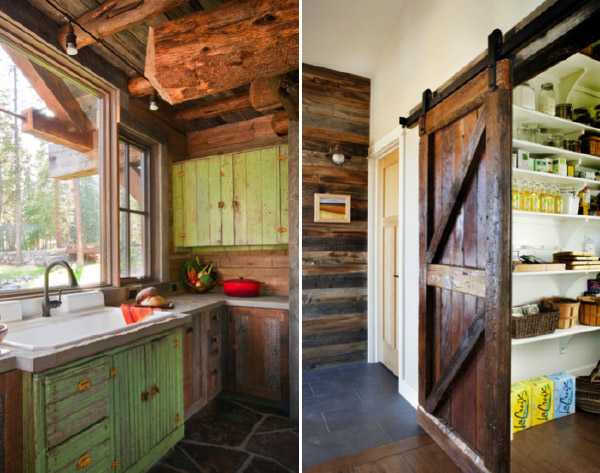 Rustic, earthy, comfortable, casual, warm, casual-Again the images support the words.
Rustic, earthy, comfortable, casual, warm, casual-Again the images support the words.
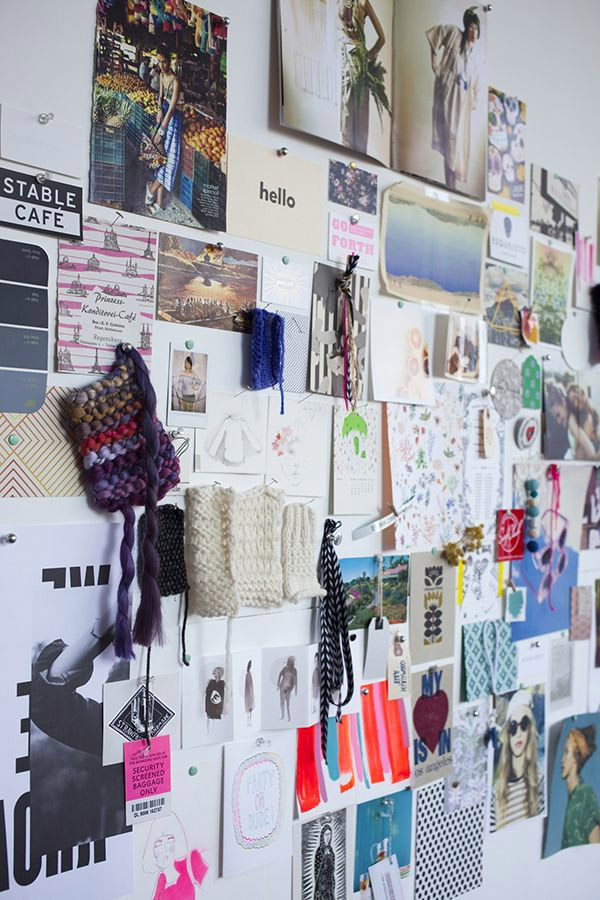 This image board is by Emma Dime.
This image board is by Emma Dime.
I have found having a design concept for each project has helped me so much in the decision making process. In fact, so many of the decisions will almost be already made by the time you have your design concept down pat. You learn that each element on its own does not necessarily have much weight BUT when used in unison with the other design elements it starts to take on the design concept.
I find this a very exciting process. As each element comes into play, I can see the design concept being brought to life and it is a very dynamic, rewarding experience. The whole project will go smoother and not nearly as stressful because you are sticking to a plan and there is a lot of comfort in knowing if you can stick to your original plan it will all work out well in the end.

